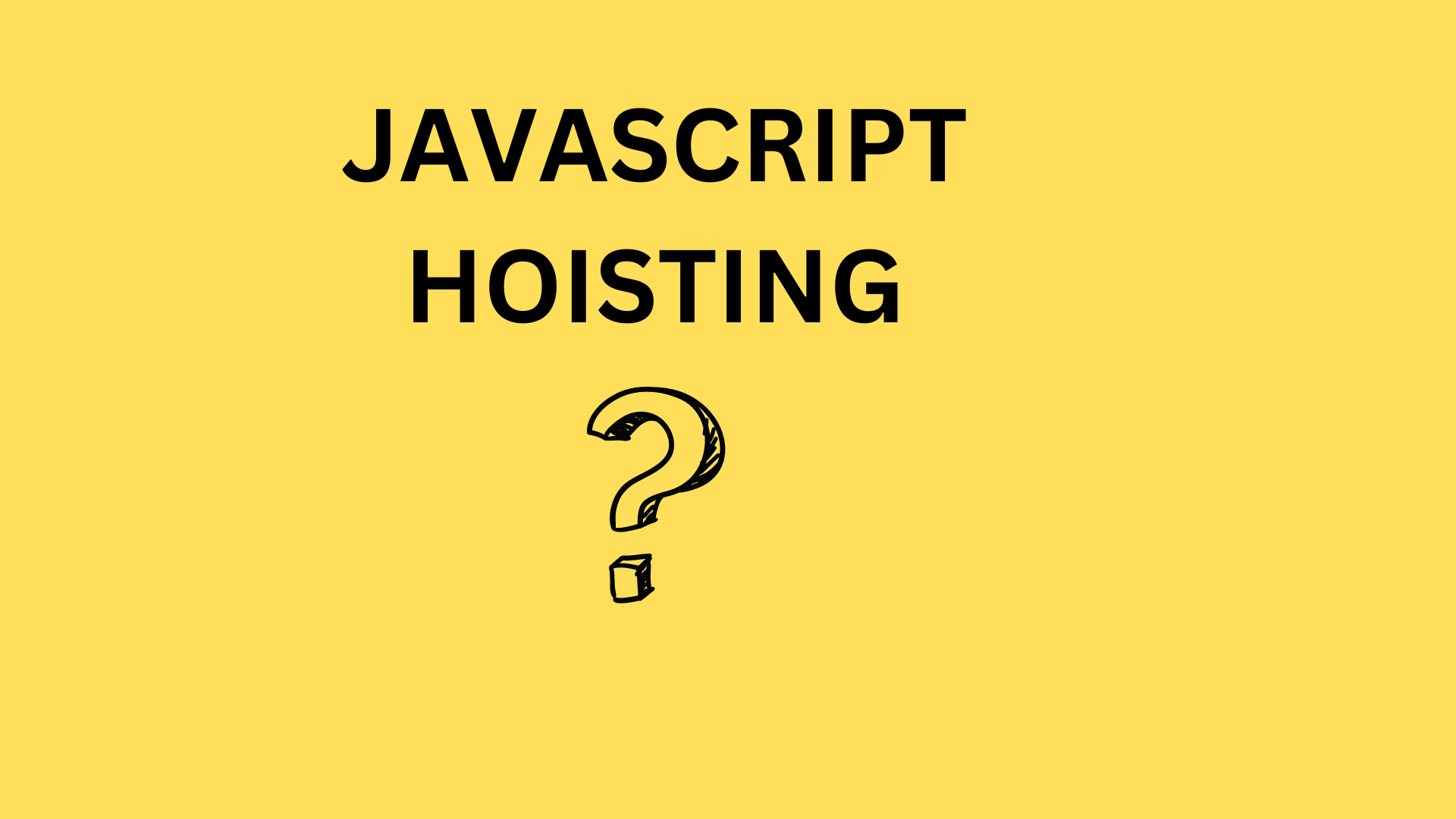Understanding Hoisting: A Deep Dive into JavaScript
 Aparna Udayakumar
Aparna Udayakumar
What is Hoisting?
Hoisting is a JavaScript mechanism where variable and function declarations are moved to the top of their 1 scope before code execution. 2 However, this doesn't mean the values are also moved; only the declarations are hoisted.
Function Hoisting:
Functions are fully hoisted, meaning both the declaration and the function body are moved to the top of the scope. This allows you to call a function before its declaration.
sayHello(); // This works!
function sayHello() {
console.log("Hello there!");
}
Variable Hoisting: A Bit of a Surprise
While functions are fully hoisted, variables are a bit trickier. They are also hoisted to the top of their scope, but their value is set to undefined. This can lead to some unexpected results if you're not careful.
console.log(myVar); // Output: undefined
var myVar = "Hello";
Let and Const: The New Kids on the Block
With the introduction of let and const in ES6, hoisting behavior changed. These keywords are also hoisted, but they enter a special phase called the Temporal Dead Zone (TDZ) before they can be used. Trying to access them before their declaration will result in a ReferenceError.
console.log(x); // ReferenceError
let x = 10;
Understanding the Temporal Dead Zone (TDZ)
The Temporal Dead Zone (TDZ) is the period between the start of a block and the declaration of a let or const variable. Within this zone, trying to access the variable results in a ReferenceError.
Important Points to Remember
Only declarations are hoisted, not assignments.
Hoisting can lead to unexpected behavior if not understood.
letandconstvariables are also hoisted, but they are in a "temporal dead zone" before their declaration, preventing their use.It's generally recommended to declare variables at the beginning of their scope to avoid confusion.
Best Practices
To avoid hoisting-related issues and improve code readability:
Declare variables at the beginning of their scope.
Use
constwhen the value won't change.Use
letwhen the value might change.Avoid unnecessary use of
var.
By understanding hoisting and following these guidelines, you can write cleaner and more predictable JavaScript code.
Subscribe to my newsletter
Read articles from Aparna Udayakumar directly inside your inbox. Subscribe to the newsletter, and don't miss out.
Written by
